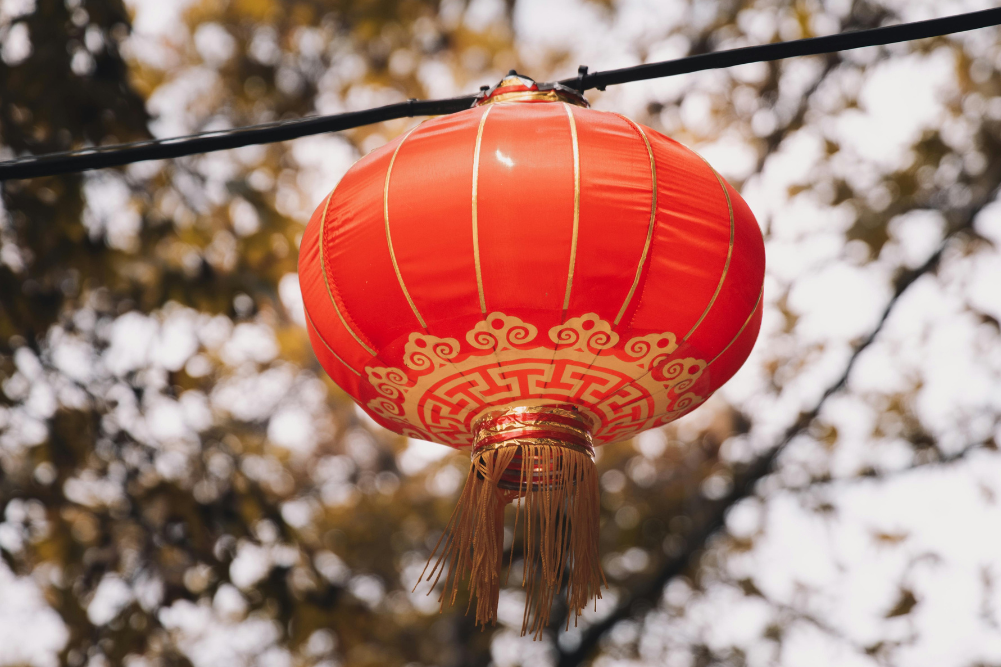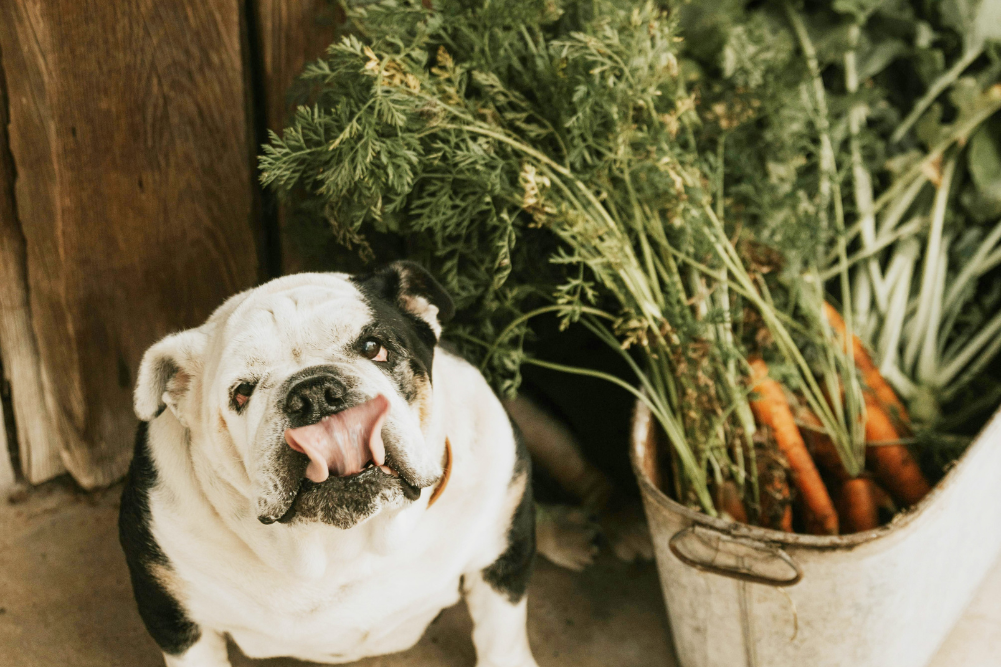How to choose the best seafood
when the Mediterranean diet burst into our national consciousness in the 1970s, it promoted adding healthy fats to our diets in the form of glugs of olive oil and encouraged eschewing meat-focused dishes in favor of meals heavy on hearty legumes, herbs, spices and lots of fresh vegetables. The diet’s major selling point is that it highlights foods commonly eaten by people who live in the Mediterranean, a group of people, studies have shown, who live longer, happier lives than groups in other parts of the world.
Given the region it uses as inspiration and the fact that much of the land there touches the Mediterranean Sea, seafood plays a big part in a modern Mediterranean diet. The immense variety of finned fish, prawns and mussels in the waters are a key part of many meals there and the sea a big part of outdoor life. (There’s a reason Poseidon, the god of the sea, is one of the most powerful gods in Greek mythology.)
“In addition to providing essential good fats, seafood is packed with protein that contributes to a healthy diet, and most people would benefit from incorporating seafood as a protein option,” says Kelly Toups, director of nutrition for Oldways, an organisation dedicated to “helping people live healthier, happier lives through cultural food traditions.” If you’re not getting enough protein, adding more of it to your diet has been shown to keep you full longer and aid in muscle development, but with seafood, the benefits don’t stop there. Studies have shown that seafood is great for the health of expectant mothers and the cognitive development of young children too.
“The research consistently shows that regular seafood consumption before and during pregnancy can help lower pregnancy complications,” Toups says, citing a 2020 report released by the Dietary Guidelines for Americans advisory committee, which found that seafood intake was beneficial to children and adolescents. Heart health is also impacted. “Eating approximately one to two 3-ounce servings of fatty fish per week, like salmon or sardines, reduces the risk of dying from heart disease by 36%,” Toups says.
Eating two servings a week of fatty fish was also linked to decreased Alzheimer’s disease pathology, she adds. But while seafood itself is healthy, the way it’s prepared can also impact the health benefits. “Instead of battered and deep-fried seafood, try to look for grilled or roasted options,” says Toups. “Or instead of seafood that’s served in a creamy sauce or a butter sauce, pick an option that’s prepared with olive oil or citrus.”
For pregnant and soon-to-be-pregnant women, the FDA cautions against fish with higher levels of mercury, which include larger fish like swordfish, king mackerel and shark. Smaller fish and crustaceans, such as prawns and scallops, ingest less mercury over their lifetimes.
We might not all be lucky enough to live on a sun-soaked Greek isle or on the coast, but incorporating seafood into our diets can have incredible health benefits and even help improve the ocean’s ecosystem. But how can shoppers in landlocked locales incorporate this superfood into their lives in a way that’s sustainable while making sure the seafood remains high quality?
Ryan Bigelow, a senior program manager at Seafood Watch in the US, advises consumers to do their research into what’s available in their area and what to avoid so that they can stick to seafood that provides optimal health benefits without harming the environment. “There are always exceptions, but as a general rule of thumb, avoid bluefin tuna and eel,” he says, citing overfishing. Overfishing means fish are caught at a rate that’s faster than they can reproduce, leading to marine ecosystem imbalance, which causes a decrease in certain fish species. Asking your local fishmonger or the person working the seafood counter at your grocery store about what’s on offer and why is also a good option. “A lot of people ask me, ‘What can my role be to help protect the ocean?’ And what I tell them is, ‘Ask questions,’ ” Bigelow says.
Being flexible by adapting your recipes to include fish that are native to your area is also a good way to make more eco-friendly choices. “Don’t be shy about asking the person behind the fish for recommendations,” Toups says. If the recipe you’re making calls for haddock and you can’t find it at your local fish counter, look for flounder or even catfish, or ask which fish would make a good substitute. “They have a lot of knowledge about the different types of fish that they have out, so asking ‘What do you recommend instead?’ can be really helpful,” she adds. Great sustainable seafood options can also be found in the canned and frozen sections of your grocery store. “These days it’s really easy to find seafood that has been flash frozen into fillets,” Toups says. “I would say that both frozen seafood and canned seafood can definitely be great options and honestly are a lot easier for families to implement into their diet.” The labels on canned and frozen seafood can give you a sense of where the product is from and whether any salt or solution was added, she adds. “Comparing labels is key to make sure there’s not added salt or, with canned seafood, seeing if it’s canned in oil versus water.”
Today, canned seafood goes beyond tuna and salmon. Mackerel, sardines, trout and even mussels are widely available, packed in water or oil. Oil-packed provides a lot of flavour, but the actual seafood absorbs oil, leading to a higher calorie count. Water-packed is a lower-calorie alternative. And don’t assume that just because seafood is frozen or canned that it can’t be high quality, Bigelow says. For example, a lot of fish used for sashimi is flash frozen to “maintain its freshness and kill parasites.” Labels will also let you know if the product has been certified by Seafood Watch as sustainable. Seafood Watch recommends looking for descriptions like “pole-caught,” “troll-caught” or “pole and line caught” on canned items like tuna and salmon. “You can have sustainable canned products, frozen products, fresh products, all those things are possible,” says Bigelow.
Asking questions is likewise important when you’re at a restaurant or researching where to go out for a meal. Many restaurants will list whether a fish is local and share their commitment to sustainability on their websites. If you’re already at dinner, you can ask your server where the seafood is from. “If you don’t know what their commitment is to sustainable seafood and you can’t find out the information you need, then a vegetarian option might be a more sustainable option,” Bigelow says.
Another way to add high-quality seafood to your diet (and know where it’s coming from) is to build relationships with local fishermen by looking into community supported fisheries (CSFs). Many people are familiar with CSAs, or community supported agriculture, in which customers pay for seasonal shares of produce directly from farms, but most people don’t know that local fisheries offer programs that work the same way.
Brett Tolley, the national program coordinator for the Northwest Atlantic Marine Alliance (NAMA) in the US, grew up in Cape Cod, Massachusetts, in a family of fishermen. His family relied on only a few seafood buyers, nearly all the catch was exported, and the local community lost much of its access to locally caught seafood. Today he works to support a national Local Catch Network of fishermen and consumers to build a more transparent seafood supply chain, including connecting consumers to their closest CSF. NAMA’s Local Catch Network offers a list of retailers and fish markets where consumers can find offerings from reputable sources.
The site also lists CSFs nationwide that provides customers with a weekly or monthly share of fresh, local seafood that can be picked up either at the dock or at a designated location. And if those options aren’t possible, just try to buy as local as possible. “Choices can be limited depending on geography but also depending on income,” Tolley says. “We advise people to avoid industrial seafood and farmed salmon whenever possible and buy fish from small- and medium-scale businesses who know the boat where the fish came from.”
Tolley says one of the best ways to be sure about the quality of the seafood that you’re buying is to ask how it was caught or produced. “We try to make a distinction around scale and differentiating between community-based scale versus industrial scale,” he explains. It’s a best bet to avoid farmed options of salmon and prawns and to buy from small and medium companies rather than multinational seafood companies, whose fish may have travelled for thousands of miles to get to your grocery store.
It might seem overwhelming to think about all of these things when you’re standing at your seafood counter, but organisations like Seafood Watch, run by Monterey Bay Aquarium in the US, have created resource guides for all 50 US states to help consumers make the best choices. Seafood Watch’s website offers nearly 2,000 recommendations and provides downloadable consumer guides categorizing seafood into best choices, alternatives and species to avoid.
The site even includes a national guide listing best choices for fish farmed in the United States, like catfish, arctic char, squid, scallops and rockfish. The guide also lists fish consumers should avoid at all costs—like shark, orange roughy, tilapia from China, yellowfin tuna and spiny lobsters from South America.
Bigelow, who helped create the guides, uses them himself when shopping, by accessing the Seafood Watch app on this phone. “I have my phone out when I go shopping, and I start with that list, then I look for eco certification,” he says. For each option on the “best choices,” “good alternatives” and “avoid” lists, there’s also information about fishing methods and origin points to avoid or support so consumers can make more educated choices in the future. Fish caught using the trawl method, for example, means it was most likely caught by a large commercial fishing boat using large nets that were designed to catch as many fish as possible but can damage coral reefs and catch fish species that are endangered.
Seafood Watch takes these factors into consideration when determining if it recommends that consumers avoid certain species, since trawl fishing can be just as harmful as overfishing, because it impacts the ocean’s biodiversity and the communities that depend on the oceans for a major part of their diet. “Simply put, we’re looking at what is the impact of this operation on the environment and can it be continued into the future,” Bigelow says.
And remember that your choices as a consumer impact not only health but also your local waterways; your choices can help create a healthier ocean. Seafood Watch is dedicated to conserving the ocean, says Bigelow. “At the heart of that is developing recommendations, doing hard science on what makes up a sustainable fishery or farm, and then taking that information and communicating it again to businesses, chefs, consumers and everyone in between.” And consumers’ choices play a big part in that too. “Remember your most powerful tool and the best thing you can do for the ocean is to share your voice,” Bigelow says.








